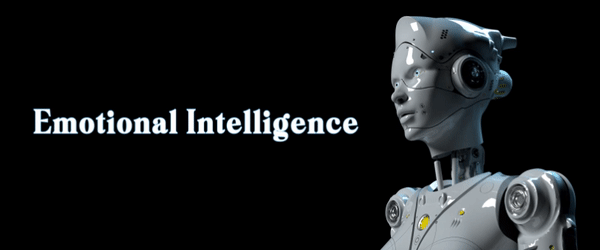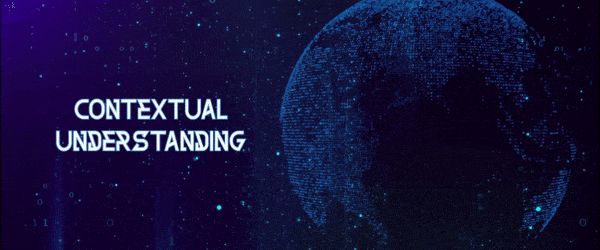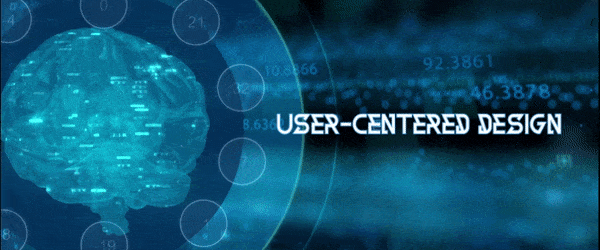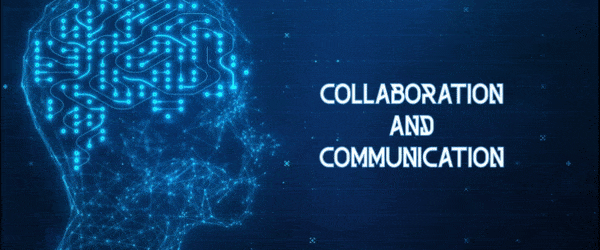Artificial Intelligence (AI) is making waves in various sectors and is gaining significant traction day by day. Many industries are automating and streamlining their processes using AI, and the world of design is no exception.
However, designers are unique in their skill set, creativity, and emotional intelligence, and there are several reasons why AI can only partially replace them. In this blog post, we will dive into seven key factors that distinguish designers from AI and make them an indispensable asset in the design process.
1. Creativity and Innovation

Designers possess exceptional creativity and the ability to develop new ideas and original concepts through imagination and innovation. AI does not possess this quality since it relies on algorithms that only solve problems based on previous data and information. Designers have the capability to come up with solutions to problems that have never existed before, and AI can’t replicate this.
2. Emotional Intelligence

Designers often need to understand and evoke specific emotions through their designs. They consider the target audience’s preferences, cultural nuances, and psychological factors to create impactful and engaging experiences.
Machines and AI cannot replace this human characteristic.
AI lacks the emotional intelligence and empathetic understanding required to create designs that connect with people on a deeper level. Therefore designers are well equipped to evaluate nonverbal communication, which is critical to designing the perfect solution for their client.
3. Contextual Understanding

Designers possess contextual awareness, understanding each project’s unique requirements and constraints. They can adapt their designs to fit the specific needs of a particular brand, product, or audience.
For example, a soft drink promo ad in India can be conceived differently than it was created in Europe or the USA.
The designer must understand diverse cultures, languages, and customer behaviors. AI cannot comprehend complex contextual factors and make nuanced design decisions accordingly.
4. User-Centered Design

Designers place a strong emphasis on user-centered design, considering the needs, behaviors, and preferences of the end-users. They conduct research, gather feedback, and iterate designs to ensure optimal user experiences.
AI, in contrast, struggles to empathize with users and lacks the intuition to make design choices that prioritize user satisfaction.
5. Aesthetics and Visual Judgment

Designers possess a trained eye for aesthetics, understanding the principles of visual design, composition, and balance. They can make subjective judgments and refine their work to achieve visually pleasing outcomes.
While AI can learn from existing designs, it often struggles to evaluate and make nuanced judgments based on subjective aesthetic qualities.
6. Collaboration and Communication

Designers often work in teams, collaborating with clients, developers, marketers, and other stakeholders. They understand requirements, manage feedback, and effectively communicate design decisions. They work seamlessly with others to produce the best solution, but Machines can’t collaborate in the human sphere.
AI lacks the ability to engage in collaborative dialogue, negotiate trade-offs, and incorporate diverse perspectives into the design process.
7. Ethical and Social Considerations

Designers are responsible for considering their designs’ ethical implications and social impact. They weigh factors such as accessibility, inclusivity, and environmental sustainability.
AI lacks the ethical judgment and understanding of societal context to address these complex considerations adequately.
In conclusion
So, while AI can assist designers by automating specific repetitive tasks and providing design suggestions, designers’ uniquely human qualities and skills make them irreplaceable in many aspects of the design process. The future of design, at least for the foreseeable future, lies in the collaboration between AI and designers since, while AI is good with data, the human touch remains a crucial factor in ensuring designs convey the right messages while staying true to ethical and social values.
